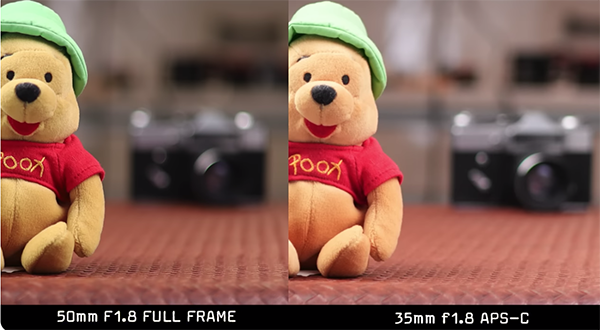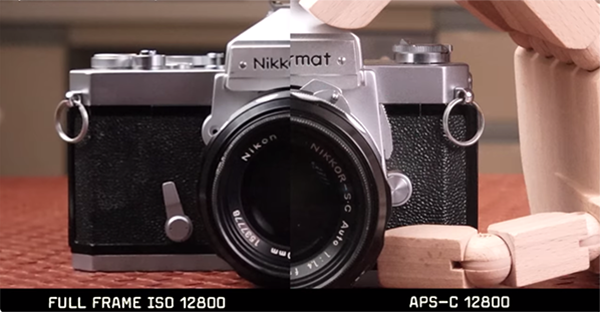The “Superiority” of Full-Frame Cameras is a Myth (VIDEO)
The trend these days is definitely in the direction of full-frame cameras, and many photographers have one at the top of their wish list if they haven’t already made the switch. But if you’re still capturing great images with a capable crop-sensor model you may want to hang on to it—at least until you watch the controversial video below.
Rather than beating around the bush, we’ll just let instructor Mark Wiemels lay it out there like this: “Most of the information out there talking about the advantages of full-frame cameras over crop-sensor cameras is just repeated misinformation that has no basis in fact.” And if that’s not blunt enough for you Wiemels says the last thing you should do when purchasing a new camera is to make a decision based upon what he considers a blatant myth.
Weimels is an experienced educator whose mission is to help photographers capture the best images possible with budget equipment. He definitely has an axe to grind when it comes to the dreaded “gear acquisition syndrome,” and frequently posts tutorials designed to save you some money—or at least spend it more wisely.

The first myth on the chopping block is the notion that full-frame cameras always deliver superior results in low light situations or when shooting at high ISO settings. Weimels admits this may be true when comparing some models to others, but he’s adamant that “there are crop-sensor cameras that perform better than full-frame cameras, while other perform just as well.”
In other words, like with the other parameters discussed, “you don’t automatically get better performance if you’ve got a full-frame camera.” Weimels makes a thoughtful comparison of cameras with both sensor formats, in terms of still photography and videography, and in his view crop-sensor cameras sometimes come out on top.
As you’ll see, Weimels also compares Raw files when it come to various image quality characteristics and, here too, some cameras with smaller sensors deliver admirable performance. If you’re wondering about Jpeg results, he takes a look at those too. In some cases it’s simply a wash when you consider the compromise between noise and image detail.

Weimels discusses other so-called advantages of larger sensors, including the notion that they provide better subject isolation with blurrier backgrounds and shallower depth of field than you can get with a crop-sensor camera. Whether or not you agree, Weimels’ take is interesting because it’s based upon practical matters rather than theoretical constructs.
Keep in mind that crop-sensor cameras tend to be significantly less expensive than their bigger brothers. Likewise, comparable high-quality lenses for crop-sensor camera can be half the price as those for full-frame models. Wiemels wrap things up like this: “For what you would pay for a full-frame camera with a kit lens, you can buy a crop sensor camera with a kit lens and two premium f/1.4 primes lenses.”
After watching the view head over to Weimels’ YouTube channel where you’ll find more great advice that may save you a bunch of cash.
And be sure to check out the earlier tutorial we posted with several “essential” tips for shooting better landscape and nature photos with a wide-angle lens.




